Table of Contents
Welcome to the enchanting world of Iran islands! Nestled in the azure waters of the Persian Gulf, Iran boasts a plethora of captivating islands that are waiting to be discovered. These islands, with their rich cultural heritage and breathtaking natural beauty, offer a unique and unforgettable experience for travelers.
From the bustling Qeshm Island, known for its vibrant markets and stunning geological formations, to the vibrant and colorful Hormuz Island, famous for its rainbow-hued soil, each island in Iran has its own distinct charm. In this article, we will delve into the wonders of Qeshm, Hormuz, Kish, and Hengam islands.
So, if you’re an enthusiastic traveler and a lover of culture, join us on this journey as we unravel the secrets of Iran’s captivating islands. Get ready to be mesmerized by their unique blend of history, traditions, and natural wonders. Let’s embark on an adventure that will leave you with memories to cherish for a lifetime.
Does Iran have Islands?
If you’ve ever wondered whether Iran has islands, the answer is a resounding yes!
Iran is home to a remarkable collection of islands that adorn its coastline, offering a delightful surprise to travelers. With hundreds of islands, Iran boasts a diverse archipelago that stretches along the Persian Gulf and the Caspian Sea.
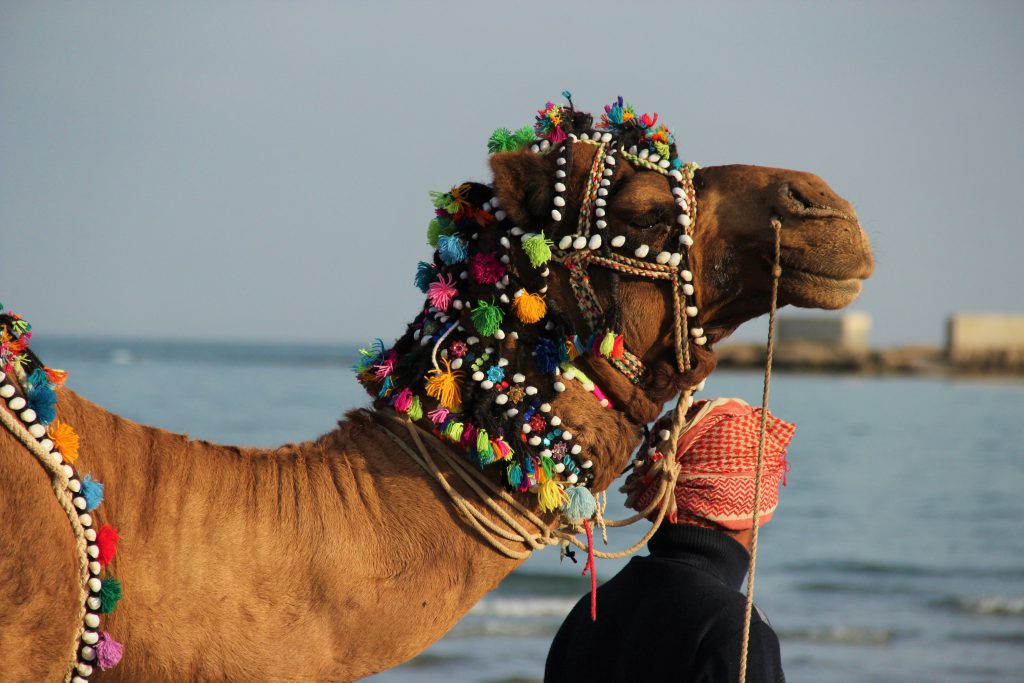
These islands are mostly concentrated in the Persian Gulf, where you’ll find the majority of Iran’s captivating gems waiting to be explored and that’s why we focus on the Persian Gulf Islands in Iran in this article. From the cultural significance of ancient trading routes to the untouched natural beauty of pristine beaches and unique geological formations, Iran’s islands offer a compelling reason to embark on an unforgettable journey.
1. Hormuz Island: The Rainbow Island Iran

Hormuz Island, also known as Rainbow Island, is a small but captivating island located in the Persian Gulf, near Qeshm Island.
Hormuz Island is renowned for its stunning natural beauty and geological significance. It is often referred to as a “natural museum” due to its diverse collection of sedimentary and volcanic rocks, which have been shaped by millions of years of geological processes. The island’s vibrant colors, picturesque landscapes, and rich cultural heritage make it a popular destination for nature lovers, history, and unique culture enthusiasts alike.
Hormuz Island is a geological paradise, offering a remarkable display of sedimentary and volcanic rocks. The island’s cliffs and hills showcase a mesmerizing array of colors, ranging from vibrant reds and oranges to deep purples and blues. These colors are a result of the presence of various minerals and elements in the rocks, creating a visually striking landscape that is unlike any other.
Why is Hormuz called Rainbow Island?
Hormuz Island earned its nickname, Rainbow Island, due to the kaleidoscope of colors that adorn its rocky terrain. The combination of sedimentary layers and volcanic activity over millions of years has given rise to this unique phenomenon. As sunlight interacts with the minerals present in the rocks, it creates a dazzling display of colors, resembling a vibrant rainbow. This natural spectacle has made Hormuz Island a favorite destination for photographers and nature enthusiasts seeking to capture its breathtaking beauty.
Location and History of Hormuz Island
Hormuz Island, a historically significant destination, is located in the Persian Gulf, near the Strait of Hormuz, in southern Iran.
Hormuz Island is situated in the southern part of Iran, in the Hormozgan Province. It is strategically positioned near the entrance of the Strait of Hormuz, a vital waterway that connects the Persian Gulf to the Arabian Sea. Its location has made it a crucial point for trade and maritime activities throughout history.
Throughout the centuries, Hormuz Island has held immense political and trading significance. Due to its strategic location, it has been a coveted territory for various empires and nations.
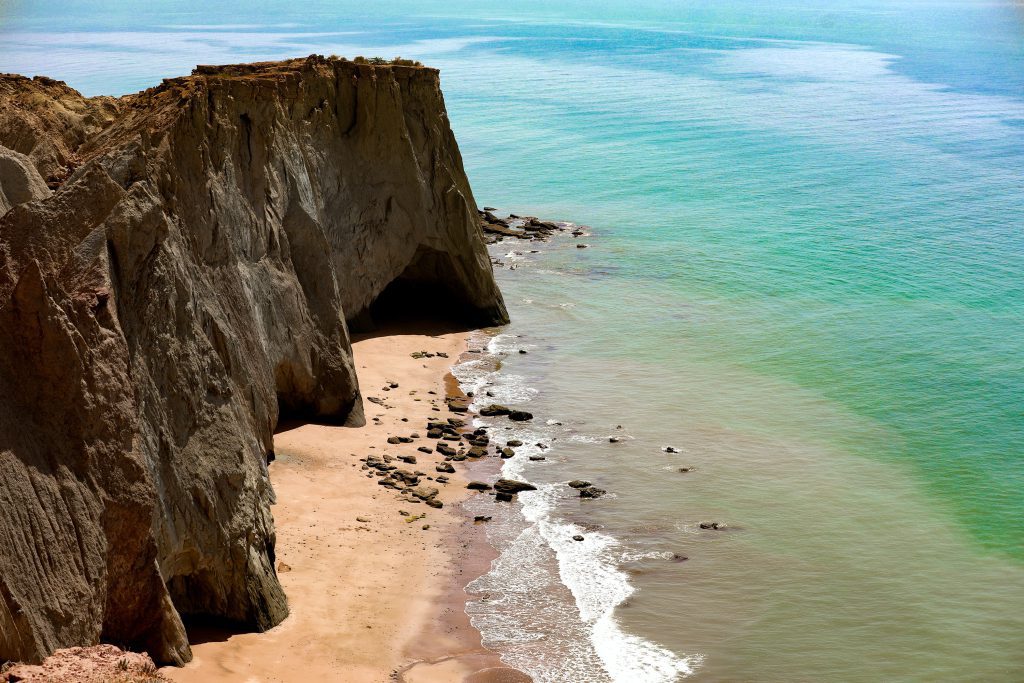
The island served as a major trading hub, attracting merchants from different parts of the world who sought to capitalize on its strategic position along important trade routes. Its ports facilitated the exchange of goods, including spices, silk, and precious metals, between the East and the West.
Hormuz Island gained further prominence when it was visited by the renowned Venetian explorer Marco Polo in the 13th century. Polo described the island’s bustling trade, vibrant markets, and its role as a center for commerce and cultural exchange. His writings about Hormuz Island and its thriving trade activities brought international attention to the island and contributed to its reputation as a significant trading destination.
The history of Hormuz Island is intertwined with its strategic location and its role as a hub of trade and cultural exchange. Today, visitors to Hormuz Island can explore its rich history, witness remnants of its past glory, and appreciate the island’s enduring importance as a gateway to the Persian Gulf and beyond.
Attractions of Hormuz Island
The Rainbow Valley
The Rainbow Valley is one of the most iconic attractions on Hormuz Island. Its vibrant and colorful rock formations create a surreal landscape that is a photographer’s dream.
Recommended spending time: 1-2 hours
Valley of Statues
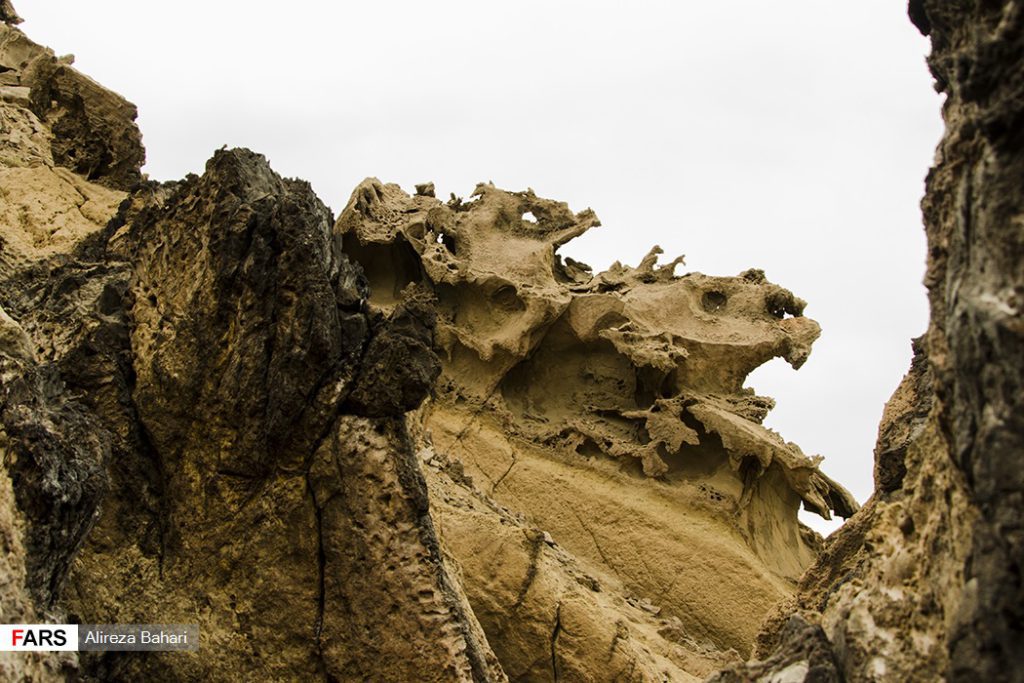
The Valley of Statues is a unique geological formation where wind and water have sculpted rocks into intriguing shapes resembling human figures. Exploring this valley offers a fascinating glimpse into the island’s geological history.
Recommended spending time: 1-2 hours
The Valley of Silence
As the name suggests, the Valley of Silence is a serene spot in Hormuz Island. Visitors can enjoy the peaceful atmosphere, take leisurely walks, and appreciate the untouched beauty of the surrounding landscape.
Recommended spending time: 1-2 hours
The Meditation Cave
The Meditation Cave is a hidden gem on the island, offering a peaceful retreat for those seeking solitude and introspection. The cave provides a serene environment for simply enjoying the tranquility of the surroundings.
Recommended spending time: 1-2 hours
The Salty Goddess
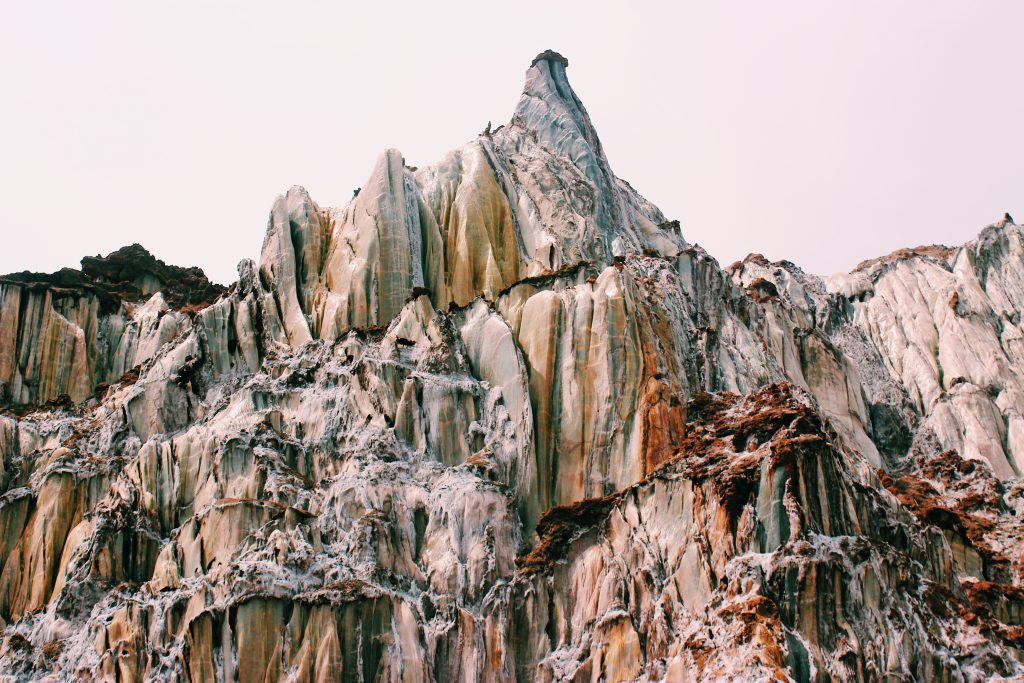
The Salty Goddess is a unique natural sculpture formed by salt deposits on the island’s coastline. This mesmerizing formation resembles a goddess emerging from the sea, creating a captivating sight for visitors.
Recommended spending time: 1-2 hours
Museum and Art Gallery of Dr. Nadalian
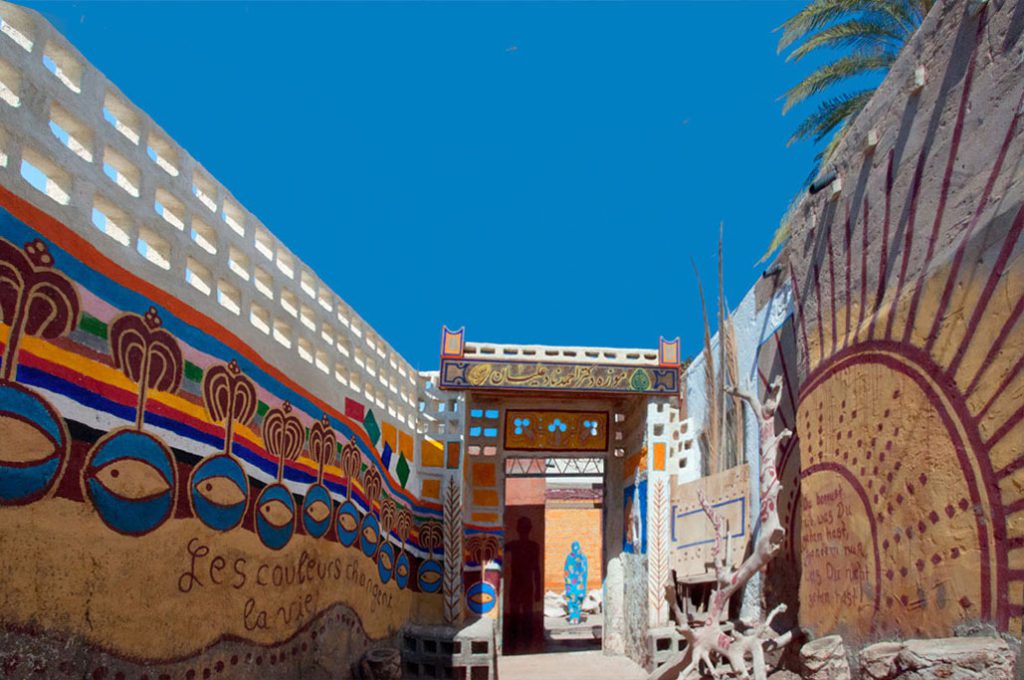
Dr. Ahmad Nadalian, an Iranian artist, has established a museum and art gallery on this Island. The museum showcases his collection of artworks inspired by the island’s culture and history. I highly recommend checking his website to see his artworks and biography to gain insights into the artistic heritage of the region.
Recommended spending time: 1-2 hours
The Red Beach
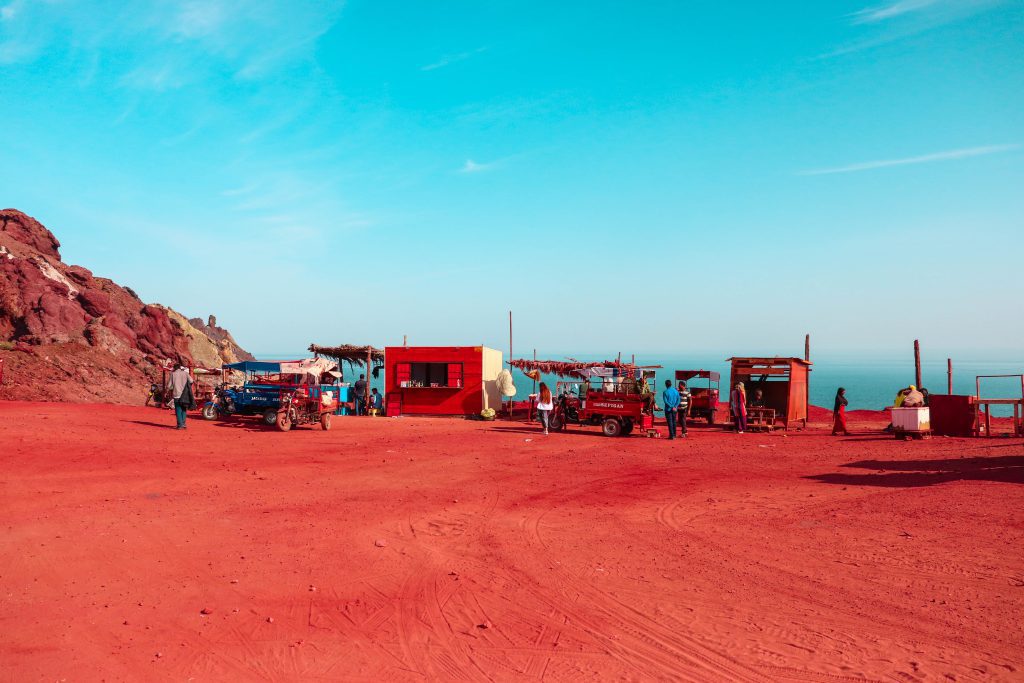
The Red Beach is a stunning natural wonder on Hormuz Island, known for its vibrant red sand and crystal-clear turquoise waters. The unique soil found here is not only visually striking but also edible, containing high levels of iron and other minerals.
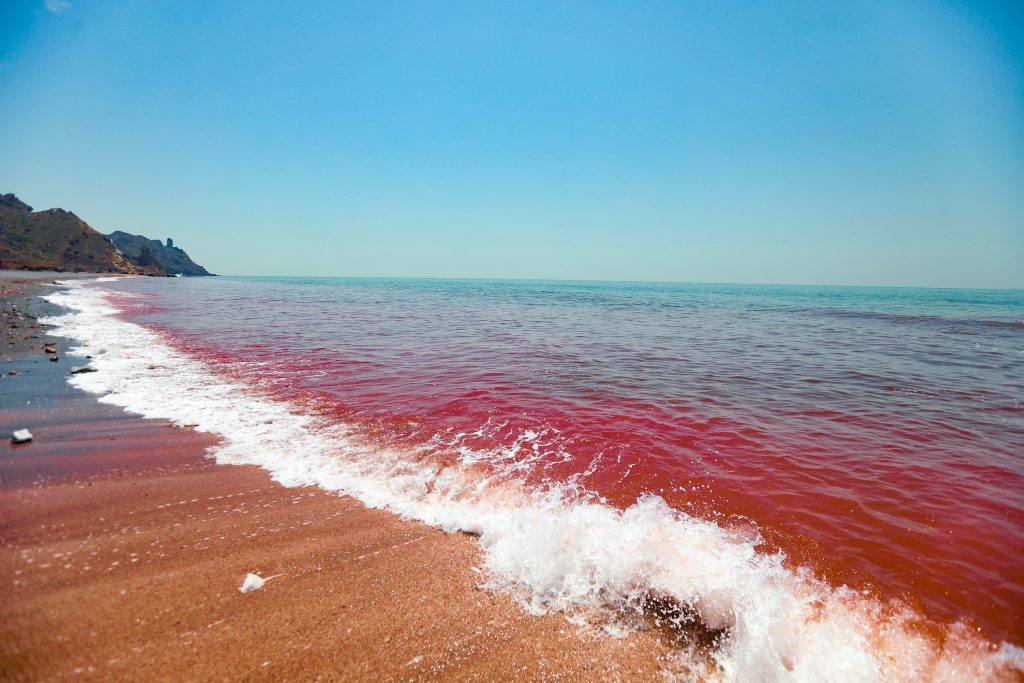
There is one mostly asked question about the Red Beach of Hormuz, which is why the water is red. The red color of Hormuz Beach is due to the presence of iron oxide and salt impurities. When the salt has impurities in its composition, it can be seen in different colors, but the most important reason is the iron oxide element, which is present in about 70% of the soil of Hormuz Island. This has caused the seawater to turn red in some parts of the coast.
Recommended spending time: 1-2 hours
The Silver Beach
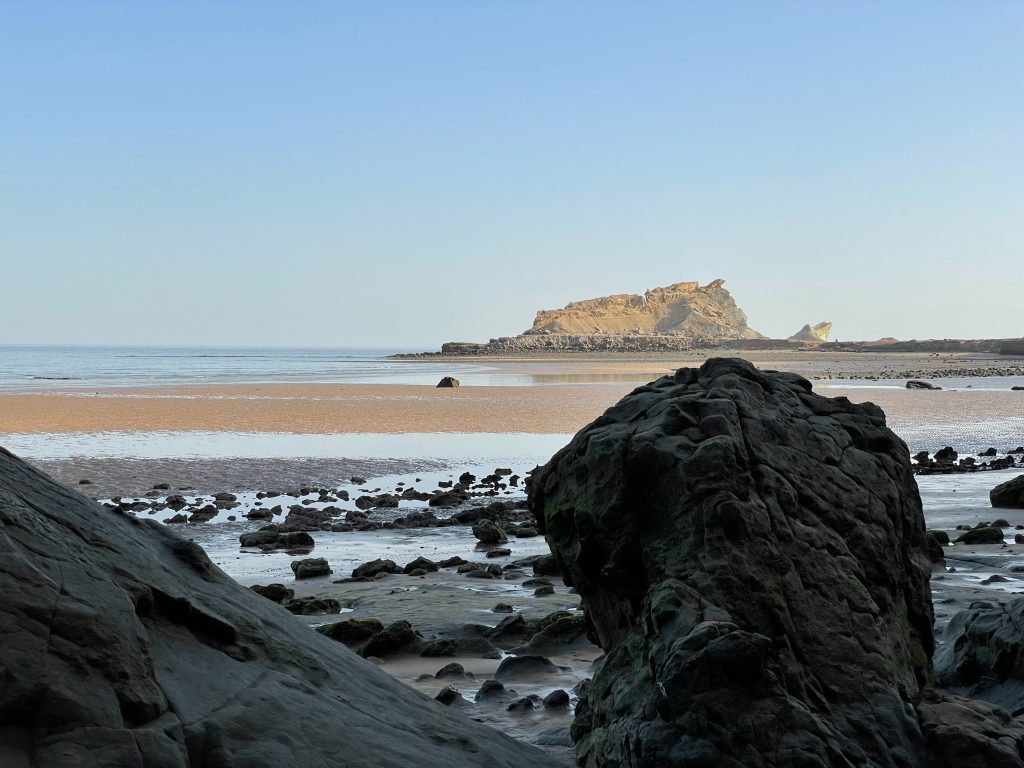
Located on the northern coast of Hormuz Island, Silver Beach offers a picturesque setting with its shimmering white sand and azure waters. It is a perfect spot for relaxation, sunbathing, and enjoying the beauty of the Persian Gulf.
Recommended spending time: 1-2 hours
Hormuz Island Sea Caves
Hormuz Island is home to a network of sea caves, with the Rainbow Cave being one of the most famous. Inside the cave, sunlight filters through the water, creating a mesmerizing display of colors on the cave walls. Exploring these sea caves is a unique and unforgettable experience.
Recommended spending time: 1-2 hours
Damahi: The World’s Largest Soil Carpet
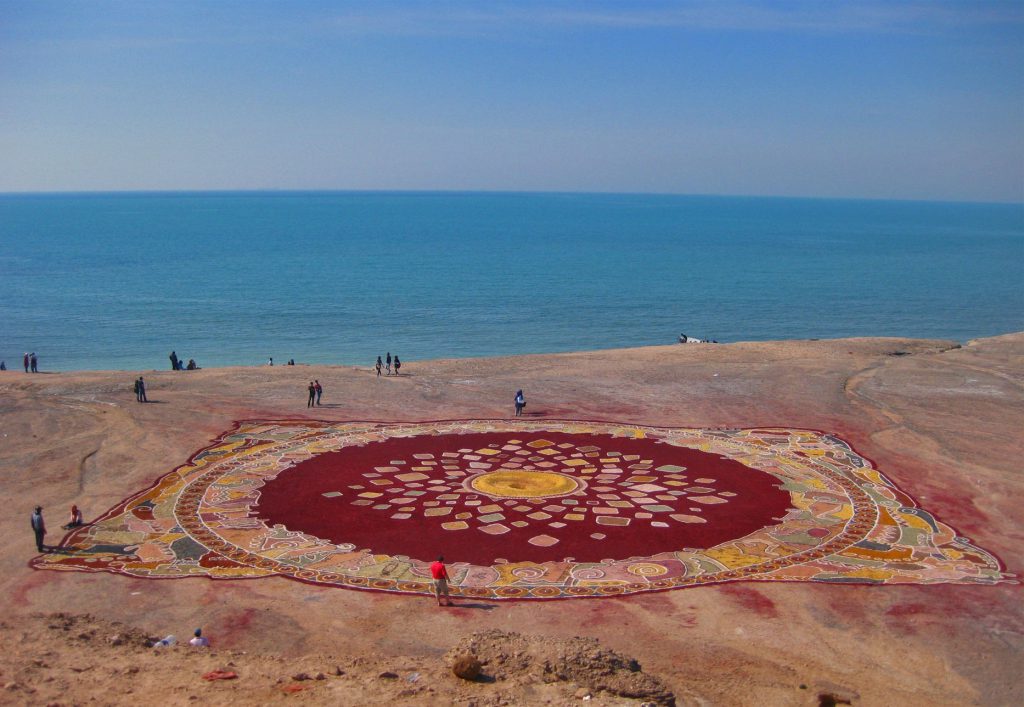
Damahi is a small village on Hormuz Island known for its traditional soil carpet, which holds the Guinness World Record for being the largest soil carpet in the world. This intricate artwork is made by arranging different colored soils to create intricate patterns and designs.
Recommended spending time: 1-2 hours
Harra (Mangrove) Forests on Hormuz Island
The Harra forests, also known as mangrove forests, are a unique ecosystem found on Hormuz Island. These forests are home to a variety of plant and animal species, including migratory birds. Exploring the mangrove forests offers a chance to appreciate the island’s biodiversity and natural beauty.
Recommended spending time: 2-3 hours
The Culture of People on the Rainbow Island
Livelihoods
The primary livelihood of the people in Hormuz Island is fishing and maritime activities. The island’s strategic location near the Strait of Hormuz provides abundant opportunities for fishing and trade. Fishing has been a traditional occupation passed down through generations, and it continues to be a significant part of the local economy.
Religious Affiliation
The majority of the population in Hormuz Island follows the Sunni branch of Islam. The Islamic faith plays an important role in shaping the daily lives, customs, and traditions of the islanders.
Traditional Customs
The people of Hormuz Island have preserved their traditional customs and practices. These customs are deeply rooted in their cultural identity and are passed down through generations. Traditional ceremonies, such as weddings and religious festivals, are celebrated with great enthusiasm and adherence to customs and rituals.
Special Music
Hormuz Island has a unique musical heritage that reflects the island’s cultural diversity and influences from neighboring regions. The traditional music of Hormuz Island is characterized by rhythmic beats, melodic tunes, and poetic lyrics. The music often accompanies traditional dances and celebrations.
Souvenirs and Handicrafts
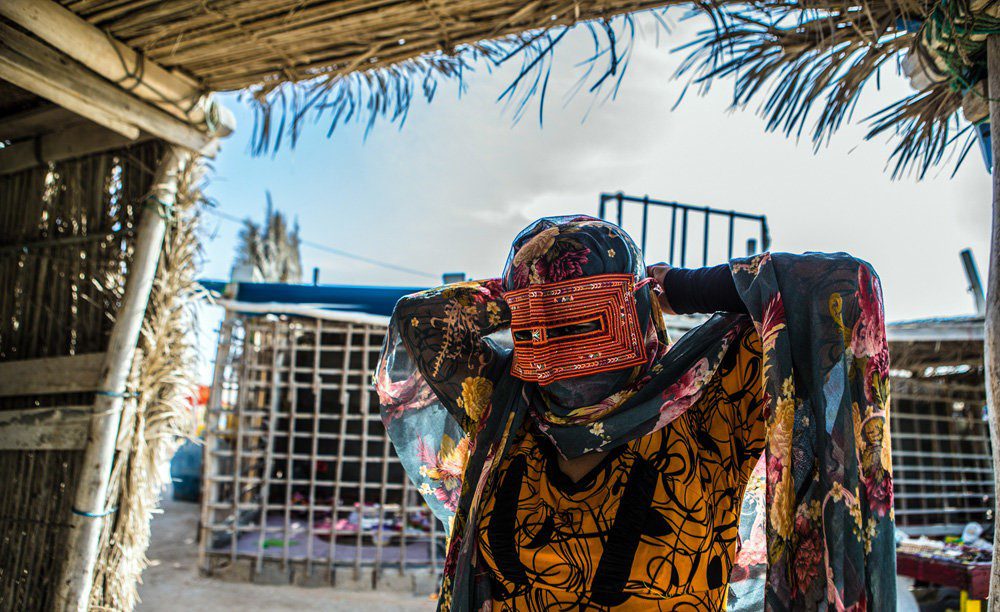
Souvenirs and handicrafts of Hormuz Island include local dress and embroidered fabrics, the beautiful masks worn by women on the island, and colorful soil. You can find these items in traditional bazaars on the island.
How to Get to Hormuz Island
To get to Hormuz Island, you can take a ferry boat from either Bandar Abbas or Qeshm Island. The exact time it takes to reach Hormuz Island by ferry may vary depending on the departure point and weather conditions. It is recommended to check the ferry schedules and plan accordingly.
2. Qeshm Island: The Biggest Island in the Persian Gulf
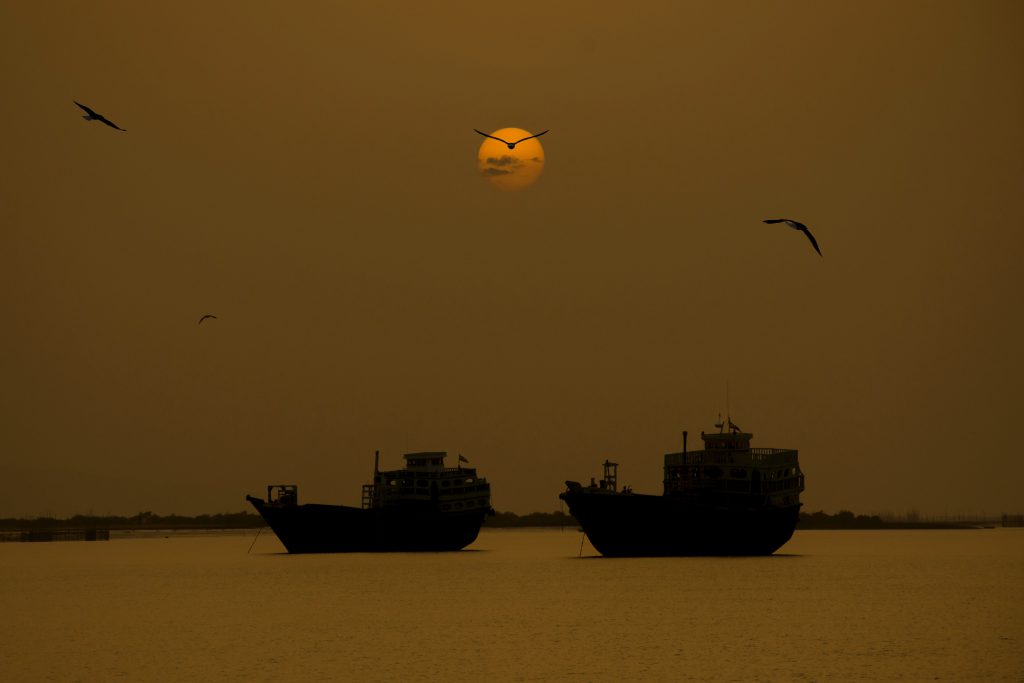
Situated in the Hormozgan province of Iran, Qeshm Island proudly stands as the largest island in the Persian Gulf. With its unique location, this captivating island offers a mesmerizing blend of natural wonders and cultural treasures.
Spanning over 1,200 square kilometers, Qeshm Island boasts a diverse range of geographical features, including stunning beaches, towering cliffs, and vibrant mangrove forests.
But that’s not all – Qeshm Island is also home to a thriving free trade zone, attracting businesses and entrepreneurs from around the world.
Exploring the Attractions of Qeshm Island
Qeshm Island, located in the Persian Gulf, is a treasure trove of attractions that showcase its natural beauty and rich cultural heritage. Here are some of the must-visit sites on this enchanting island, along with recommended spending times for each:
Qeshm Island UNESCO Global Geopark
This UNESCO-listed site is a geological wonderland featuring stunning rock formations, ancient fossils, and unique landscapes.
Recommended sightseeing time: Half a day
Namakdan Salt Cave
Delve into the underground world of Namakdan Salt Cave, renowned for its intricate salt formations and therapeutic air.
Recommended sightseeing time: 1-2 hours
Valley of Stars
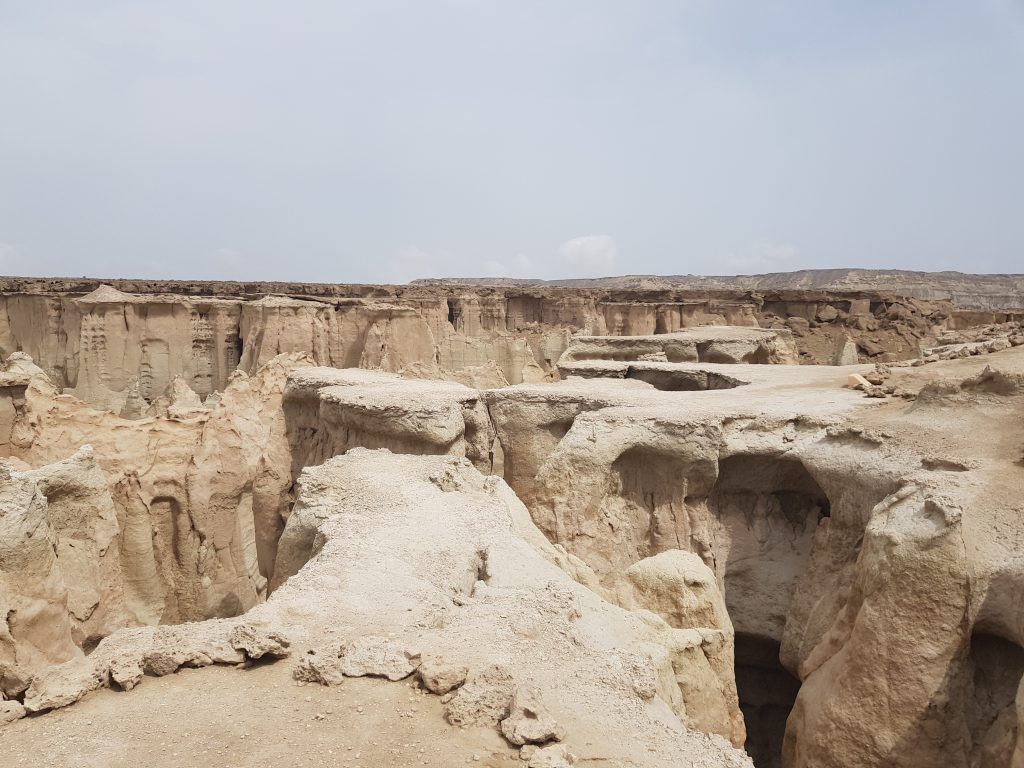
Prepare to be amazed by the Valley of Stars, where towering rock formations create a surreal landscape resembling a lunar surface.
Recommended sightseeing time: 2-3 hours especially during the sunset!
Chahkouh Valley
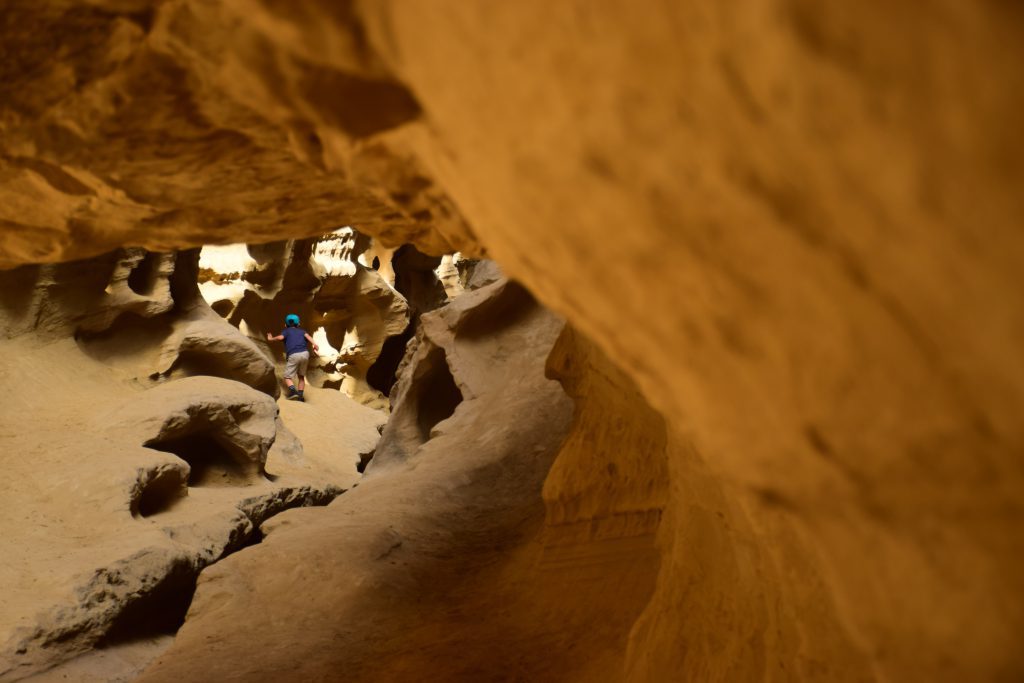
Lace up your hiking boots and embark on a scenic hike through Chahkouh Valley, surrounded by majestic cliffs and panoramic vistas.
Recommended sightseeing time: Half a day
Mangrove Forests of Qeshm
Explore the ecological wonders of the mangrove forests, home to a diverse array of plant and animal species. Take a boat tour to immerse yourself in this unique ecosystem.
Recommended sightseeing time: 2-3 hours
Portuguese Castle
Step back in time as you visit the Portuguese Castle, also known as The Fort of Our Lady of the Conception, a historical fortress offering panoramic views of the island and the Persian Gulf.
Recommended sightseeing time: 1-2 hours
Shib Deraz and the Sea Turtle Breeding Area
If you visit between April and July, you’ll have the incredible opportunity to witness sea turtles emerging from the water to lay their eggs in the sand.
Recommended sightseeing time: 1-2 hours
Sightseeing Dolphin Tours
Embark on a thrilling boat tour to spot dolphins in their natural habitat.
Recommended sightseeing time: 1-2 hours
Laft Village
Immerse yourself in the charm of Laft Village, known for its traditional architecture, windcatchers, and vibrant local culture.
Recommended sightseeing time: Half a day
The Culture of People
The people of Qeshm Island take great pride in preserving their rich cultural heritage. They hold on to age-old traditions, customs, and rituals that have been passed down through generations. From traditional music and dance to handicrafts and culinary delights, the islanders continue to cherish and celebrate their unique cultural identity.
The majority of the population in Qeshm Island follows the Sunni branch of Islam. This religious affiliation plays a significant role in shaping the local customs, festivals, and daily life of the islanders. Visitors can witness the influence of Islam in the architecture of mosques, the call to prayer echoing through the streets, and the observance of religious practices.
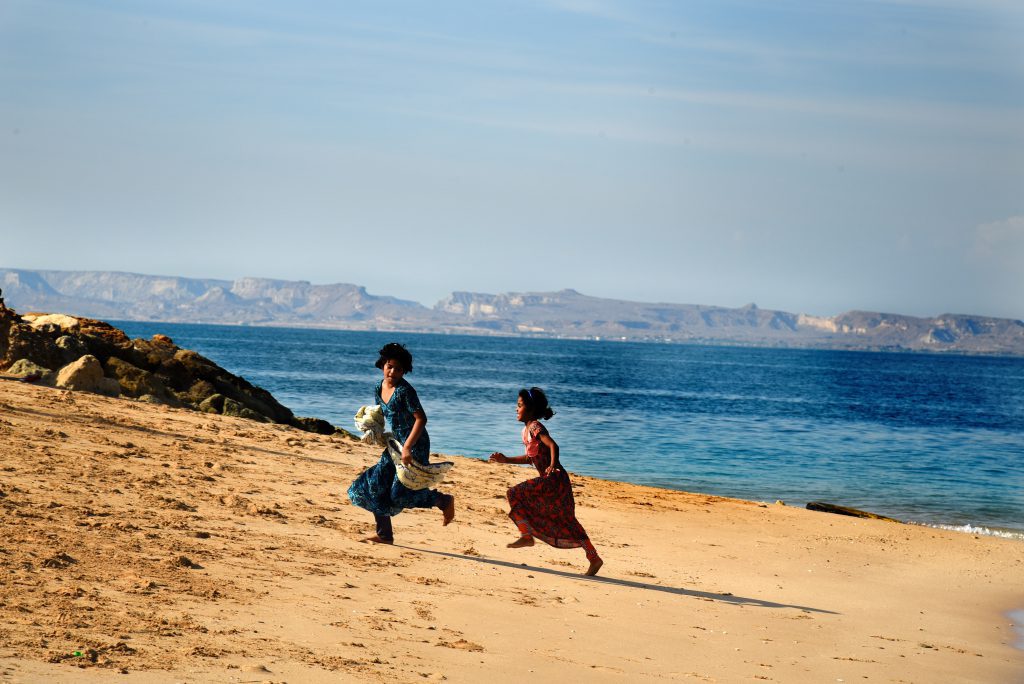
The primary language spoken by the people of Qeshm Island is Farsi, the official language of Iran. However, it is important to note that Farsi is spoken with different accents and dialects across the island. These regional variations add a unique flavor to the language, reflecting the diverse backgrounds and influences of the local communities.
The culture of Qeshm Island is a tapestry of traditions, religious practices, and linguistic diversity. Visitors to the island have the opportunity to immerse themselves in the vibrant local culture, interact with friendly locals, and gain a deeper understanding of the customs and way of life that make Qeshm Island truly special.
Souvenirs and Handicrafts: Treasures to Take Home
- Traditional Veil of Women
- One of the unique handicrafts of Qeshm Island is the traditional veil worn by women. These veils are intricately designed and reflect the local culture and traditions. Visitors can find beautifully crafted veils made from various materials, showcasing the island’s rich textile heritage.
- Oud Instrument
- Music enthusiasts will appreciate the opportunity to bring home an Oud, a traditional stringed instrument widely played in Qeshm Island. Known for its melodious tones, the Oud is a symbol of the island’s musical heritage. Owning an Oud allows you to cherish the island’s musical traditions and perhaps even learn to play this enchanting instrument.
- Mat Weaving
- Qeshm Island is renowned for its exquisite mat-weaving craftsmanship. These mats, made from palm leaves, are intricately woven into stunning patterns and designs. They serve both decorative and practical purposes, making them unique and functional souvenirs to bring back home.
- Local Spices and Dates
- Qeshm Island is famous for its aromatic spices and delicious dates. Visitors can explore local markets and shops to find a wide variety of spices, such as saffron, turmeric, and cardamom, which add a burst of flavor to culinary creations. Additionally, the island’s sweet and succulent dates make for a delightful treat or a thoughtful gift for loved ones.
How to Get to Qeshm Island
A) Qeshm International Airport
The most convenient way to reach Qeshm Island is by air. Qeshm International Airport serves as the main gateway to the island, with regular domestic and international flights. Travelers can fly directly to Qeshm Island from major cities in Iran, as well as select international destinations. Once you arrive at the airport, you can easily access the island’s attractions and accommodations through local transportation options.
B) By Boat or Ferry
Another option to reach Qeshm Island is by boat or ferry. There are regular ferry services connecting Qeshm Island to the mainland, specifically from Bandar Abbas, a major port city in Iran. The ferry ride offers scenic views of the Persian Gulf and is a popular choice for those who prefer sea travel. The duration of the journey may vary depending on the departure point and weather conditions, so it’s advisable to check the schedules in advance.
Whether you choose to fly or take a boat, reaching Qeshm Island is relatively straightforward. Both transportation options provide convenient access to this captivating destination, allowing you to embark on a memorable journey to explore the natural wonders and cultural treasures of Qeshm Island.
3. Kish Island: Sister City of Dubai
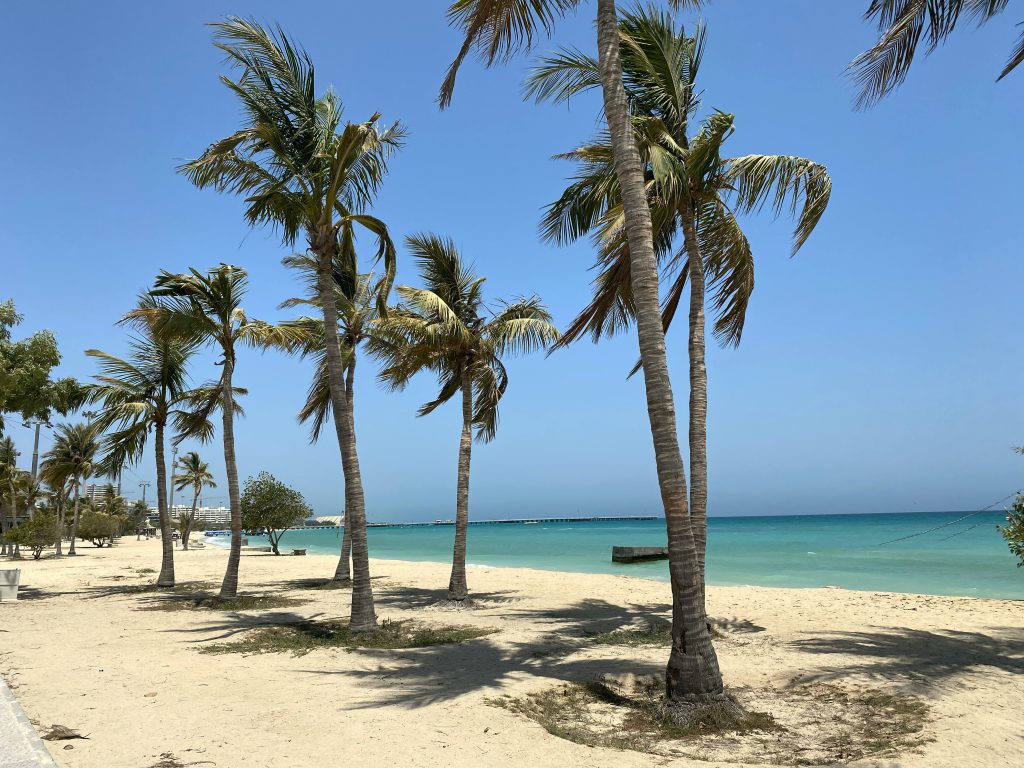
Kish Island, also known as the Pearl of the Persian Gulf, is a beautiful island and tourist resort located about 17 km from the southern offshore of mainland Iran. With an area of 90 square km, Kish Island is known for its stunning beaches, clear turquoise waters, and relaxed laws compared to the rest of Iran.
One of the main reasons for Kish Island’s popularity is its status as a free trade zone, similar to Qeshm Island. This means that it offers various economic incentives and benefits for businesses and investors, making it an attractive destination for trade and commerce. The island has a well-developed infrastructure, including modern hotels, shopping centers, and entertainment facilities, which further adds to its appeal.
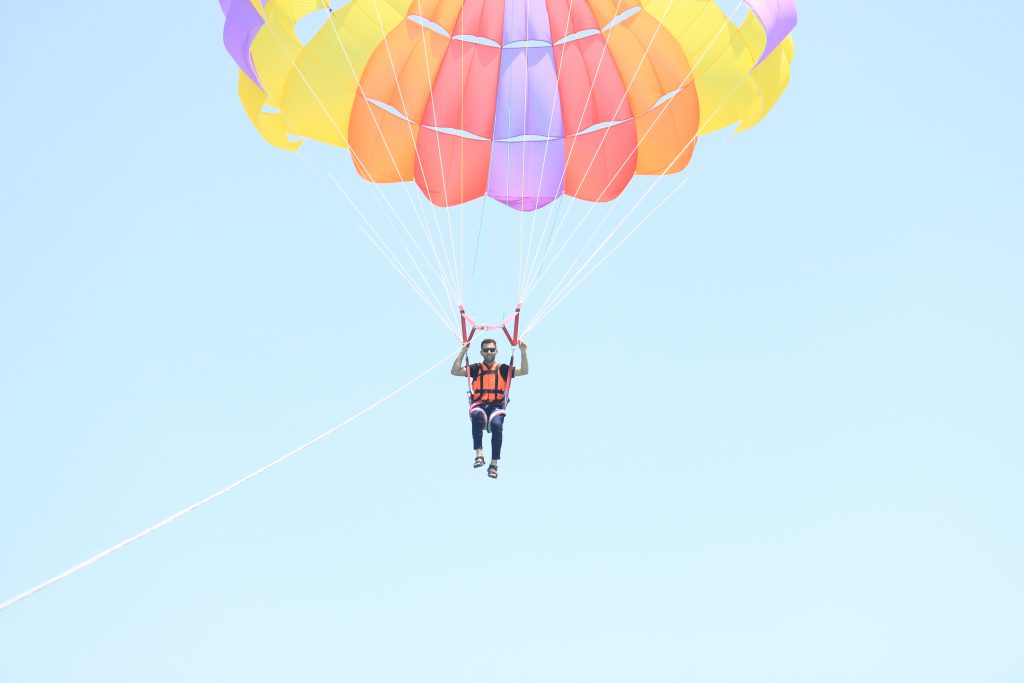
Kish Island is also popular among tourists for its natural beauty and recreational activities. The island boasts pristine beaches, coral reefs, and diverse marine life, making it a paradise for snorkeling, scuba diving, and other water sports. Visitors can also enjoy activities such as jet skiing, parasailing, and boat tours.
In addition to its natural attractions, Kish Island offers a range of cultural and historical sites. The ancient city of Harira, with its ruins of wealthy houses and mosques, provides a glimpse into the island’s past. The Greek shipwreck, stranded near the village of Baghou, is another intriguing site to explore.
Furthermore, Kish Island hosts various international events and festivals, attracting visitors from around the world. These events include the Kish International Film Festival, Kish International Exhibition, and Kish Air Show.
A Brief History
Kish Island, located in the Persian Gulf, has a rich history dating back to the Achaemenid era. It is believed to have been inhabited since ancient times and has served as an important trading hub due to its strategic location along major maritime routes. Throughout its history, Kish Island has been under the rule of various empires and civilizations, including the Achaemenids, Seleucids, Parthians, and Sassanids.
During the Islamic era, Kish Island continued to flourish as a trading center and gained prominence as a port city. It was an important stop along the Silk Road, connecting the East and the West. In the 16th century, the island fell under Portuguese control, followed by the Dutch and the British.
However, it was during the 1970s that Kish Island experienced significant development and transformation. The Iranian government designated it as a free trade zone, attracting investments and turning it into a major tourist destination. Today, Kish Island is known for its beautiful beaches, luxury resorts, shopping centers, and recreational facilities, making it a popular tourist spot in the Persian Gulf region. Its strategic importance lies in its potential as a hub for trade, tourism, and economic activities in the region.
Kish Island Attractions
Harireh Old City
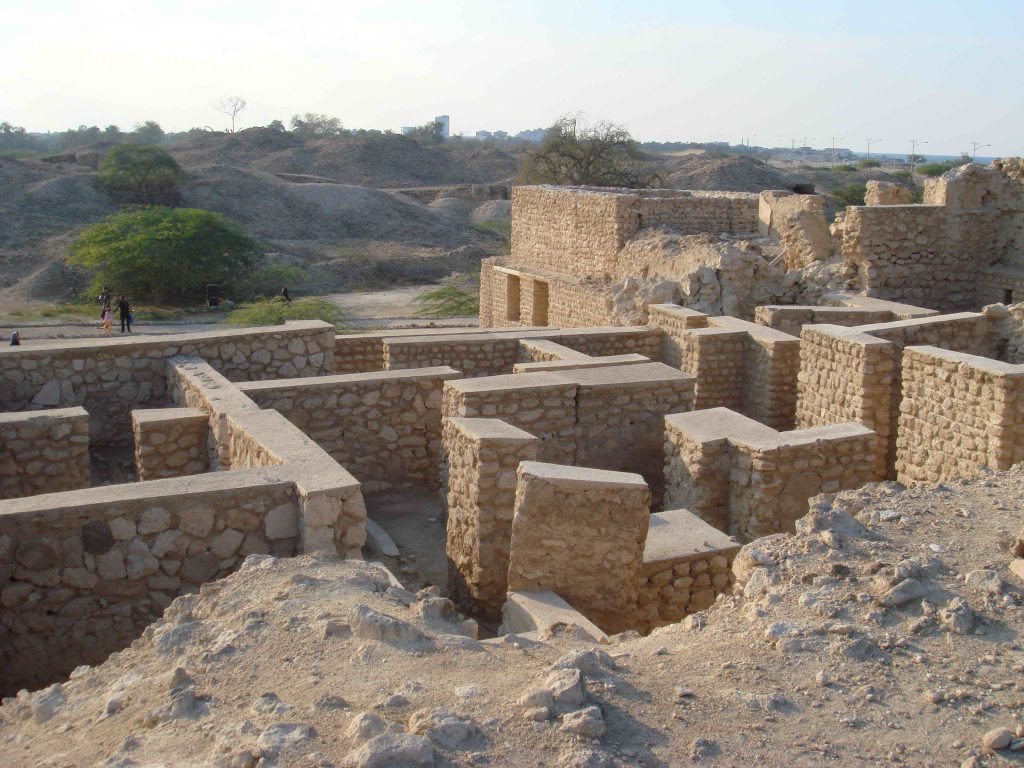
Harireh is an ancient city on Kish Island that dates back to the 13th century. It was once a bustling trading hub and is now a historical site with ruins and remnants of its past.
Recommended spending time: 1-2 hours
Traditional Cistern
The Traditional Cistern is an underground water storage system that was used in the past to collect and store rainwater. It is an architectural marvel and offers a unique glimpse into the island’s history.
Recommended spending time: 30 minutes to 1 hour
Dolphin Park
Dolphin Park is a popular attraction on Kish Island, offering visitors the opportunity to watch dolphins perform tricks and interact with them. It is a great place for families and animal lovers.
Recommended spending time: 1-2 hours
Kariz Underground City
Kariz is an underground city on Kish Island that was used in the past as a water supply system. It consists of a network of tunnels and wells, showcasing the ingenuity of ancient engineering.
Recommended spending time: 1-2 hours
Birds Garden
The Birds Garden is a beautiful park on Kish Island that is home to a variety of bird species. Visitors can enjoy watching and learning about different birds in a natural and peaceful environment.
Recommended spending time: 1-2 hours
Greek Ship
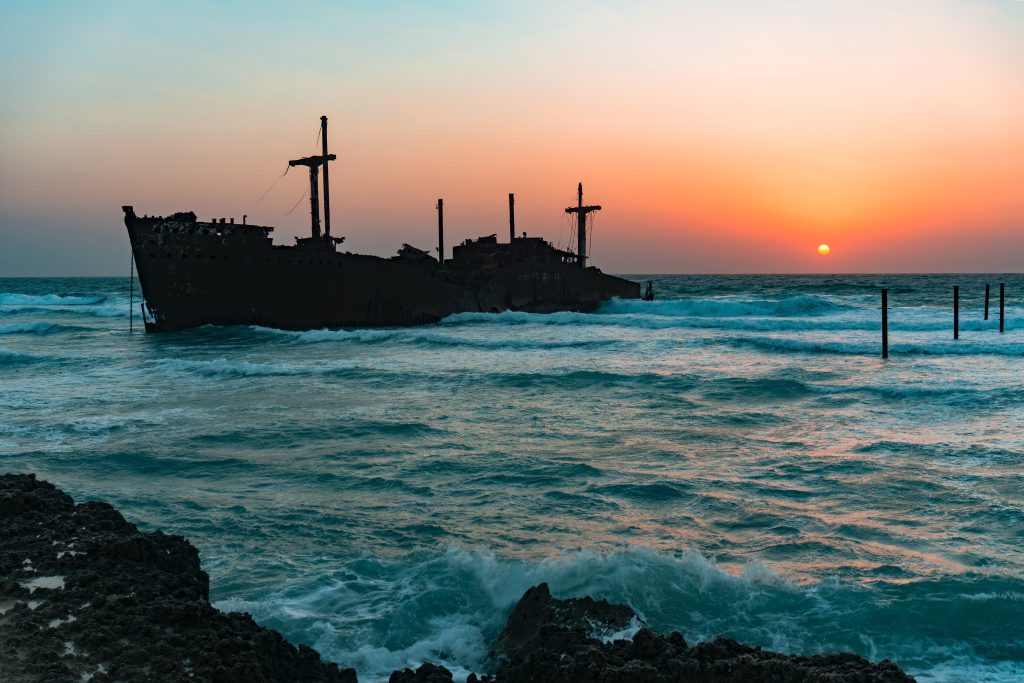
The Greek Ship is a shipwreck that ran aground on Kish Island in 1966. It has become a popular tourist attraction and offers a unique photo opportunity.
Recommended spending time: 30 minutes to 1 hour
How to Get to Kish Island
To get to Kish Island, you have two main options:
- By Air
- Kish Island has its own international airport, Kish International Airport (KIH), which is well-connected to major cities in Iran and some international destinations. You can book a flight to Kish Island from various airlines.
- By Boat
- Kish Island is also accessible by boat from Bandar Abbas, a port city in southern Iran. There are regular ferry services between Bandar Abbas and Kish Island. The journey takes around 2-3 hours, depending on the type of boat.
The Weather of Kish Island in Each Season
Spring (March to May):
Spring in Kish Island is mild and pleasant, with temperatures ranging from 74°F to 90°F (23°C to 32°C). It is a good time to visit as the weather is comfortable and there is less humidity.
Summer (June to August):
Summers in Kish Island are hot and humid, with temperatures ranging from 90°F to 95°F (32°C to 35°C). It is the peak tourist season, but be prepared for high temperatures and high humidity.
Autumn (September to November):
Autumn in Kish Island is warm and pleasant, with temperatures ranging from 92°F to 83°F (33°C to 28°C). It is a good time to visit as the weather is still warm, but the humidity starts to decrease.
Winter (December to February):
Winters in Kish Island are mild and relatively cool, with temperatures ranging from 77°F to 70°F (25°C to 21°C). It is the off-peak tourist season, but the weather is still pleasant for outdoor activities.
4. Hengam Island
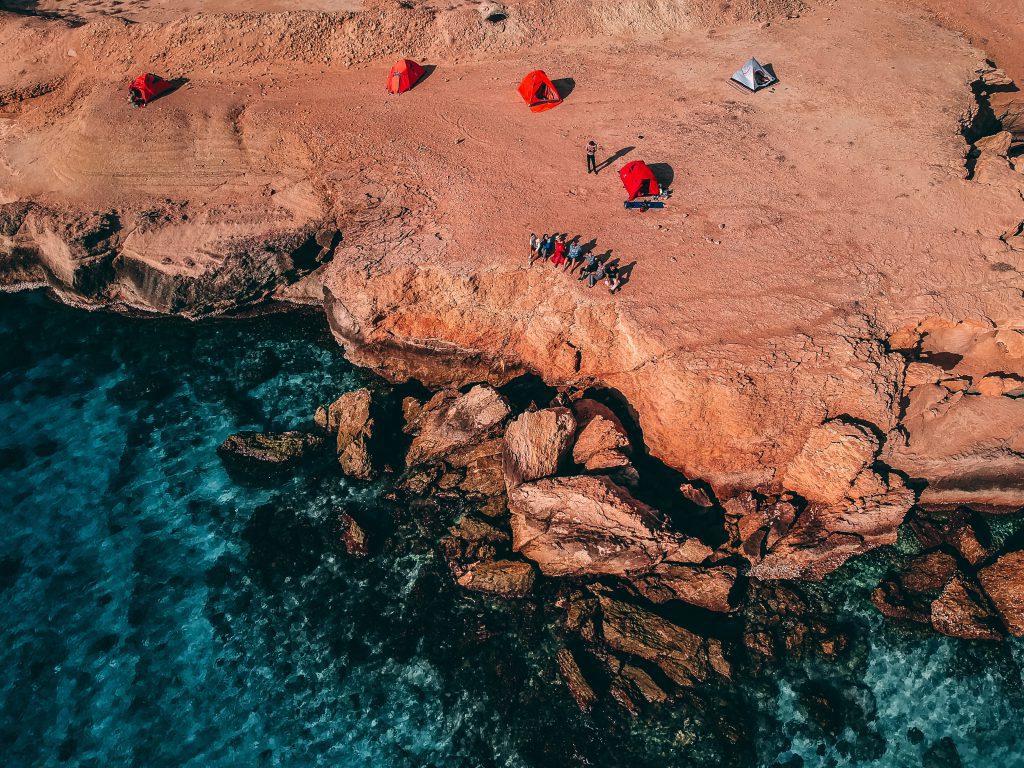
Hengam Island is a picturesque island located in the Persian Gulf, off the southern coast of Iran. It is part of the Hormozgan Province and is known for its natural beauty and unique attractions. The island has a small population, with the latest estimates suggesting around 1,500 residents. Hengam Island has a rich history dating back centuries and has been an important trading hub in the region. Over the years, it has also served as a strategic military outpost due to its location. Today, Hengam Island is primarily a tourist destination, attracting visitors with its stunning beaches, diverse marine life, and cultural experiences.
Location
Hengam Island is situated in the Persian Gulf, approximately 2 kilometers off the southern coast of Iran. It is part of the Hormozgan Province and is located near the larger island of Qeshm. The exact coordinates of Hengam Island are approximately 26.529°N latitude and 55.765°E longitude.
Attractions of Hengam Island
Hengam Island offers a range of attractions that make it a popular destination for tourists. One of the main highlights is the island’s beautiful silver beach, which features pristine white sands and crystal-clear turquoise waters. Visitors can relax on the beach, swim, and enjoy water sports such as snorkeling and diving to explore the vibrant marine life.
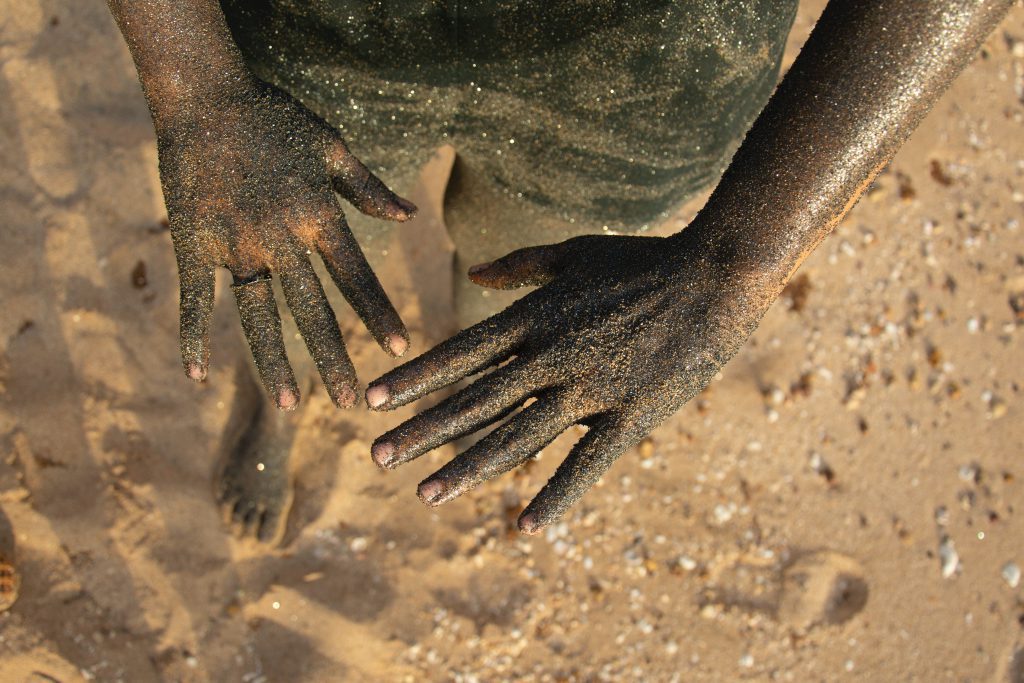
Another unique attraction on Hengam Island is the presence of Jabir Gazelles, a rare species of gazelles that roam freely on the island. These graceful creatures are a delight to observe and photograph.
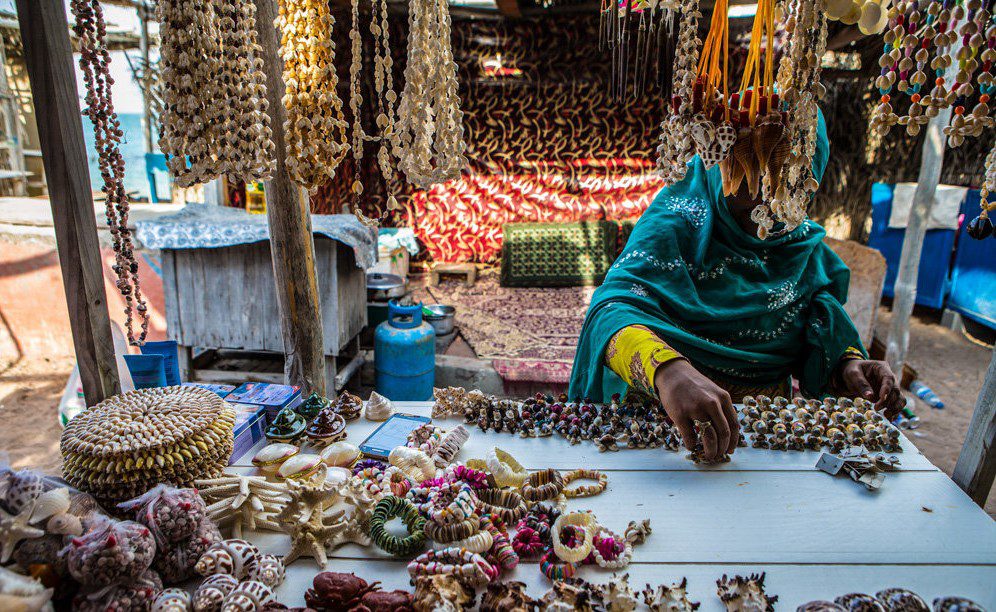
To make the most of a visit to Hengam Island, it is recommended to spend at least a day exploring its natural wonders and immersing oneself in the local culture. Visitors can take boat tours around the island, visit traditional fishing villages, and interact with the friendly locals. The island also offers opportunities for birdwatching, hiking, and enjoying stunning sunsets over the Persian Gulf.
Culture of people

The people of Hengam Island have a rich cultural heritage that is influenced by their proximity to the Persian Gulf and their historical connections to the mainland. The islanders are similar to Qeshm island in traditional clothing, which reflects the local customs and traditions of the area. The women often wear colorful dresses and headscarves, while the men don traditional attire such as loose-fitting pants and shirts.
Music is an integral part of the culture on Hengam Island, and one notable music band is the Damahi music band. They blend traditional music with modern elements, creating a unique fusion that appeals to both locals and visitors. The music of the Damahi band showcases the island’s cultural diversity and serves as a bridge between traditional and contemporary sounds.
Wildlife in Hengam Island
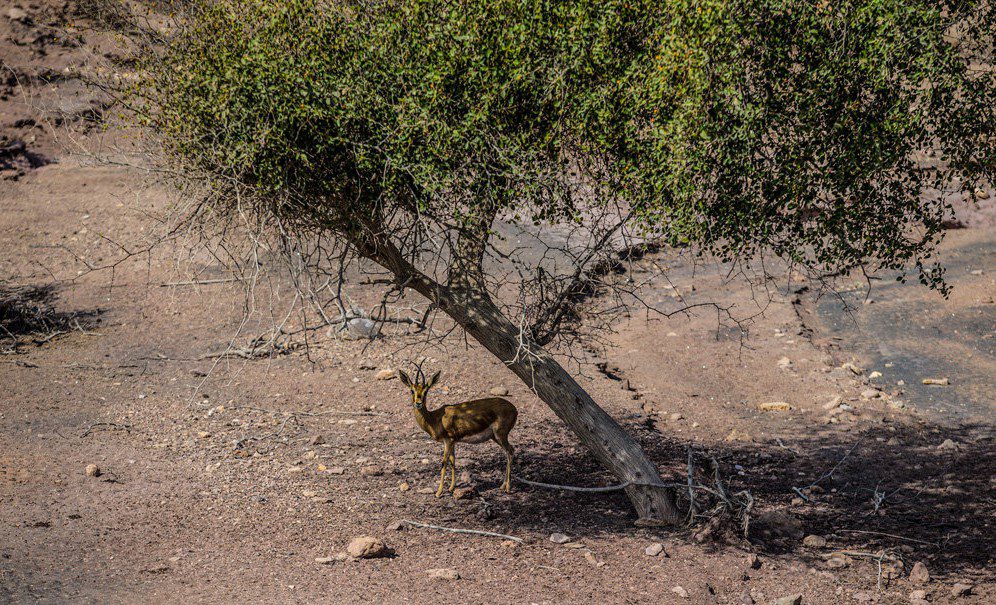
Another notable geographical feature of Hengam Island is the presence of Jabir Gazelles. These graceful creatures roam freely on the island and are a unique sight to behold. Visitors can observe them in their natural habitat and learn about conservation efforts to protect this endangered species.
How to get to Hengam Island
To reach Hengam Island, visitors can travel to the nearby island of Qeshm, which has better transportation connections. Qeshm Island is accessible by air through Qeshm International Airport, which has regular flights from major cities in Iran. From Qeshm, visitors can take a boat or ferry to Hengam Island. The boat journey takes approximately 20 minutes and offers scenic views of the Persian Gulf. Additionally, there are also boat tours available from the main cities of south Iran, such as Bandar Abbas, which provide an opportunity to explore multiple islands in the region, including Hengam Island.
Best Time to Visit Iran Islands
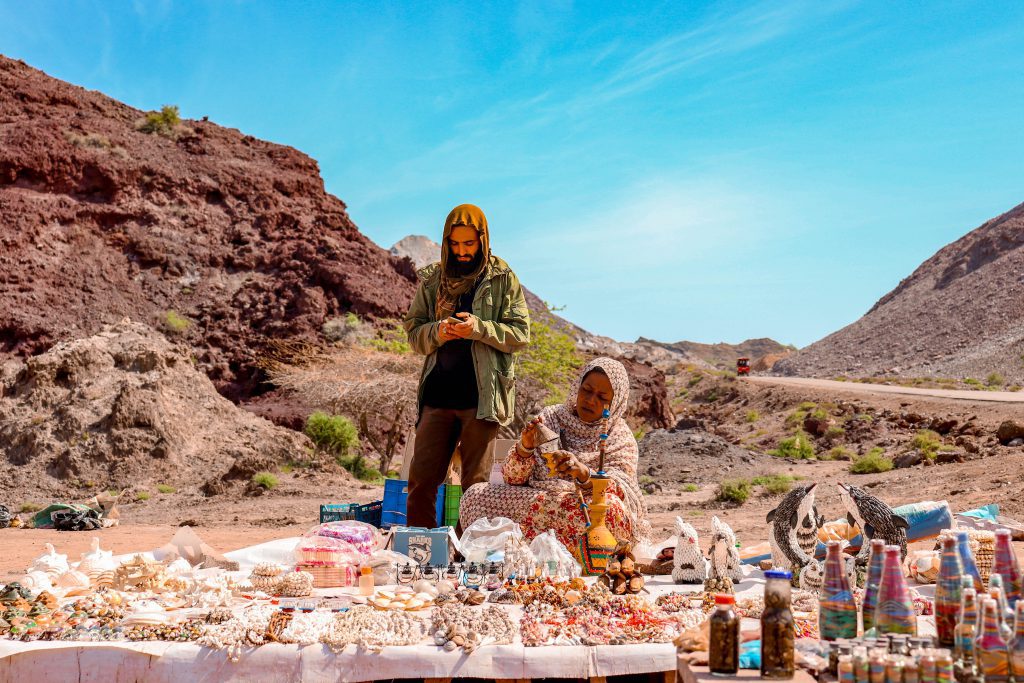
Are you ready to embark on an island adventure in Iran? Choosing the best time for your visit is key to ensuring a fantastic experience. Let’s break it down:
- Spring Fling and Autumn Delight: Generally, the islands of Iran are at their prime during the spring and autumn seasons. Think mild weather and comfortable vibes all around.
- Kish Island’s Year-Round Charm: Kish Island, a true gem, boasts a warm climate throughout the year. Yet, for the ultimate experience, target October to April when the temperatures are cooler for outdoor escapades.
- Qeshm Island’s Sweet Spots: Qeshm Island has its moments too. Spring (March to May) and autumn (September to November) steal the show, with milder temperatures that are perfect for island exploration.
- Beat the Heat: Keep in mind that summer (especially July and August) can sizzle with high temperatures. If you’d rather not dance with the sun, aim for the shoulder seasons for a more temperate escape.
Before you pack your bags, take a peek at the weather forecast and travel advisories for your chosen island. Get ready to uncover Iran’s island treasures in all their splendor!
FAQs about Iran Islands
Q1: What is the colorful island in Iran?
A1: The colorful island in Iran is Hormuz Island, also known as Rainbow Island. It is famous for its vibrant and diverse geological formations, including colorful cliffs and mountains.
Q2: Where is Rainbow Island located?
A2: Rainbow Island, or Hormuz Island, is located in the Persian Gulf, near the Strait of Hormuz. It is part of the Hormozgan Province in southern Iran.
Q3: How many islands are there in Iran?
A3: Iran has a significant number of islands, with estimates ranging from over 1,000 to around 2,000 islands. However, not all of them are inhabited or accessible to tourists.
Q4: Does Iran have islands?
A4: Yes, Iran has numerous islands along its coastline in the Persian Gulf and the Caspian Sea. These islands vary in size, geography, and cultural significance.
Q5: What is the biggest Iranian island?
A5: The biggest Iranian island is Qeshm Island, located in the Persian Gulf. It is the largest island in the Persian Gulf and the largest island in Iran, covering an area of approximately 1,491 square kilometers.
Q6: What religion is Qeshm Island?
A6: Qeshm Island, like the majority of Iran, is predominantly Muslim. The population of Qeshm Island follows the Shia branch of Islam, which is the dominant sect in Iran.
Q7: Who owns islands in the Persian Gulf?
A7: The ownership of islands in the Persian Gulf is a complex and disputed matter. Several countries, including Iran, Bahrain, the United Arab Emirates, and Qatar, claim ownership of various islands in the region.
Q8: Does Kish belong to Iran?
A8: Yes, Kish Island belongs to Iran. It is one of the most popular tourist destinations in Iran and is located in the Persian Gulf, approximately 19 kilometers from the mainland.
Q9: How many islands does Iran have?
A9: Iran has a significant number of islands, with estimates ranging from over 1,000 to around 2,000 islands. However, not all of them are inhabited or accessible to tourists.
Q10: What is the most beautiful island in Iran?
A10: Beauty is subjective, and different people may have different opinions on the most beautiful island in Iran. However, Kish Island and Qeshm Island are often considered among the most beautiful and popular islands in Iran due to their natural attractions and tourist amenities.
Q11: Is Kish a country?
A11: No, Kish is not a country. It is an island located in the Persian Gulf and is part of Iran. Kish Island is an autonomous free trade zone and a popular tourist destination.
Q12: What is the biggest Iranian island?
A12: The biggest Iranian island is Qeshm Island, located in the Persian Gulf. It is the largest island in the Persian Gulf and the largest island in Iran, covering an area of approximately 1,491 square kilometers.
Iran Islands with To Iran Tour
Your journey through the Iran Islands with To Iran Tour promises excitement and discovery. From breathtaking scenery to cultural marvels, each island has something special to offer. Embrace the adventure, create lasting memories, and let the magic of the islands leave a mark on you.

